
In the dynamic realm of eCommerce, standing out is essential. As a dedicated business owner, you’re likely investing a lot of effort into managing inventory, improving product quality, and expanding your team. But have you considered the impact of online advertising?
According to Sellers Commerce, global eCommerce sales are expected to reach $6.3 trillion by 2024. One of the most powerful tools you can use to elevate your business is shopping ads. These ads offer numerous benefits, enhancing visibility, and engagement, and ultimately driving sales.
Why should you consider shopping ads for your eCommerce business? Here’s a compelling reason: 49% of people use Google to discover new products online. By showcasing your products through shopping ads, you can reach thousands of potential customers. More exposure leads to more sales, and more sales translate to increased revenue.
In this article, we’ll explore the key advantages of running shopping ads for your eCommerce store. You’ll understand why so many businesses are shifting from traditional advertising methods to shopping ads in 2024 and beyond.
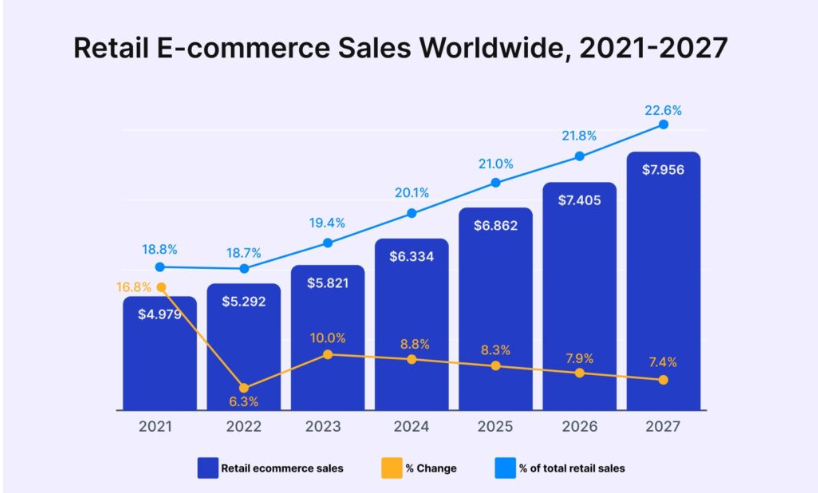
Image Source: SellersCommerce
Key Takeaways
- Shopping ads show product images and prices directly in search results, attracting more clicks.
- Ads appear on Google Shopping and partner sites, reaching a larger audience.
- Detailed product information leads to more clicks and higher conversion rates.
- Custom labels and product groups allow for effective budget and bid management.
- Metrics like CTR and CPC provide valuable data for refining strategies.
What are shopping ads?
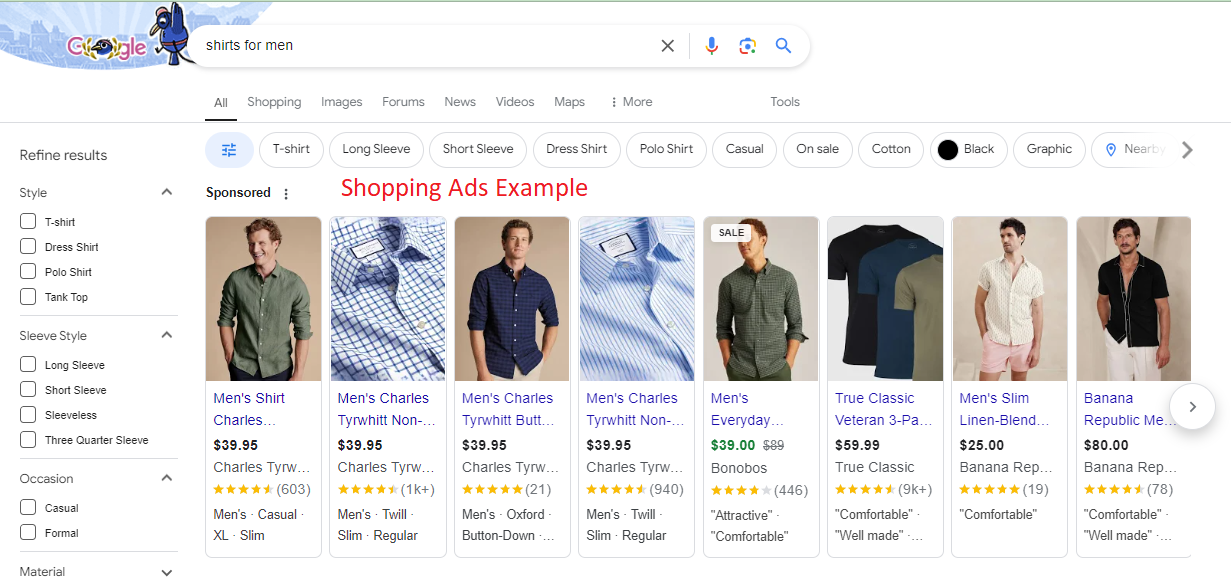
As an eCommerce business owner, you’re always looking for ways to showcase your products effectively. Shopping ads, also known as product listing ads, are designed to do just that. These ads appear directly within search engine results and include product images, titles, prices, and store names, offering a visually engaging and informative experience. Merkle reports that Google Shopping Ads drive over 76% of total retail search ad clicks, underscoring their impact in capturing consumer attention. By featuring detailed product information, shopping ads boost your visibility and attract highly qualified leads. With eCommerce sales projected to reach $6.3 trillion by 2024, integrating shopping ads into your e-commerce marketing strategy can significantly enhance your online presence and drive substantial growth for your business.
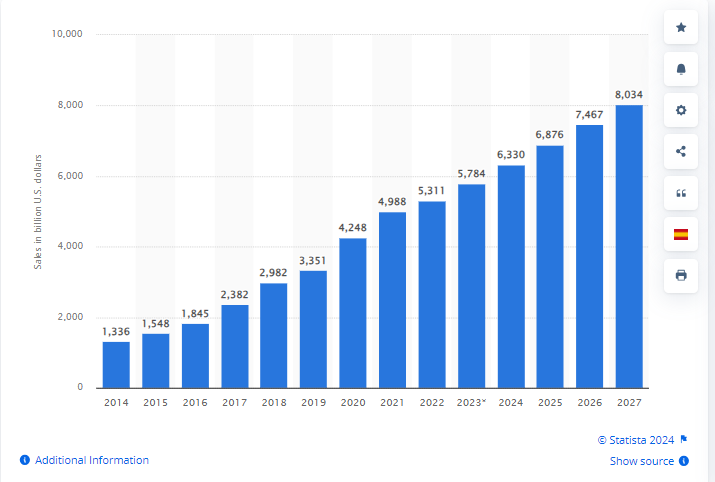
Image Source: Statista
Why choose shopping ads for eCommerce?
Choosing shopping ads for your eCommerce business can be a game-changer. Wordstream reports that shopping ads boast a 30% higher click-through rate (CTR) than text ads, putting your products in front of more eager buyers. Plus, 76% of users who click on these ads are ready to make a purchase, which is a huge advantage. Online shoppers prefer clicking on shopping ads over other formats, meaning your products are getting the attention they deserve. By displaying images, prices, and retailer names right in the ad, shopping ads offer a direct path to purchase, boosting your conversion rates. Embracing shopping ads could significantly enhance your sales and ROI, turning your eCommerce store into a thriving success.
 Image Source: Marketingcharts
Image Source: Marketingcharts
Main Advantages of Running Shopping Ads

Image Source: wifitalents
1. Visual Appeal and Engagement
1.1 Product Images: Shopping ads stand out for their strong visual impact. Featuring high-quality images of your products directly in search results, these ads grab attention and spark interest quickly. It is highlighted that ads with compelling visuals can boost click-through rates, making them essential for capturing potential customers’ attention and driving engagement.
1.2 Product Details: Beyond images, shopping ads provide crucial product details like prices, descriptions, and ratings. This rich information enables users to make informed decisions, enhancing their shopping experience. This comprehensive approach not only attracts interest but also helps convert it into sales.
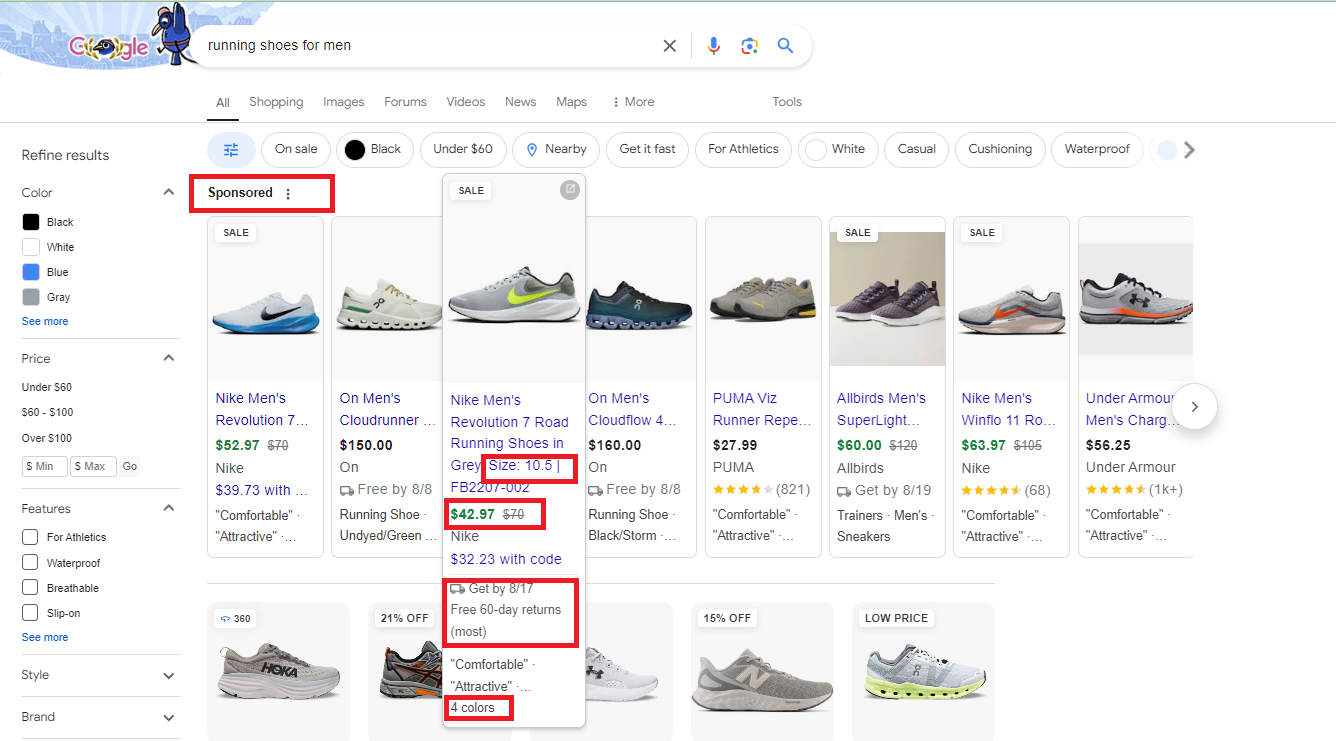
2. Increase Visibility
2.1 Top of Search Results: Shopping ads are prominently displayed at the top of search results, ensuring maximum visibility for your products. This prime placement captures users’ attention immediately, significantly increasing the chances of clicks. According to WordStream and Backlinko, the top three Google search results receive over 50% of all clicks. Moreover, advancing a single position in Google search results can boost the relative CTR by an average of 32.3%.
2.2 Broader Reach: Shopping ads extend your reach beyond traditional search ads by appearing in various Google networks, including the Google Shopping tab and partner sites. This broader exposure helps you connect with a larger audience actively searching for similar products. Clickpost reports that shopping ads have a 25% wider reach compared to standard text ads, driving more traffic to your store.
When we worked on the fashion eCommerce marketing campaign, we made some important updates—like improving product descriptions with the right keywords, boosting on-page SEO, and adjusting ad targeting. Thanks to these changes, we saw the client’s products climb to the top of search results. This not only made their products more visible but also brought a lot more visitors to their site.
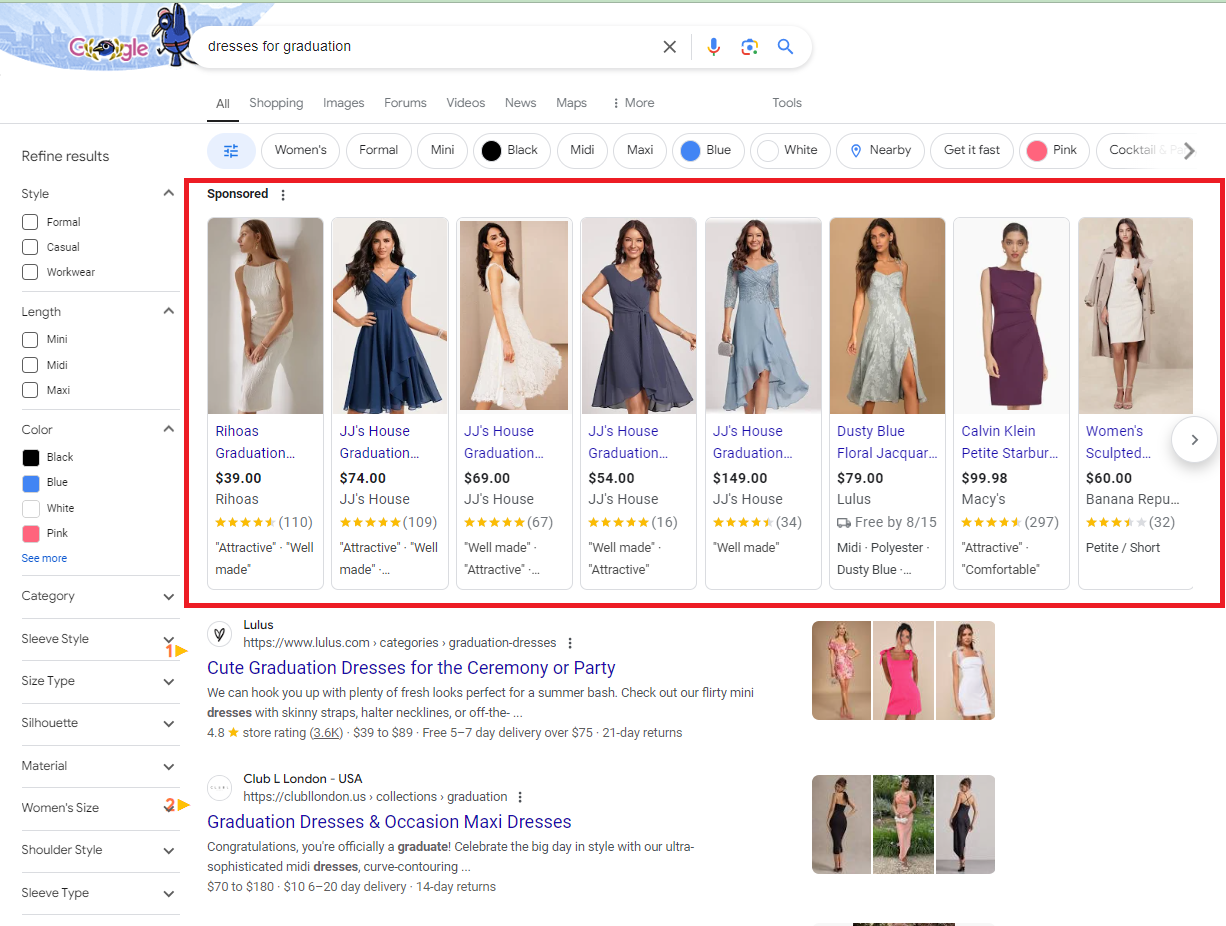
3. Higher CTR
3.1 Relevance: Shopping ads achieve higher click-through rates (CTR) due to their high relevance. By displaying product images, prices, and details directly related to user queries, these ads align closely with what potential customers are searching for.
3.2 Qualified Leads: Shopping ads attract qualified leads by presenting detailed product information right from the start. Users who click on these ads are often further along in their buying journey, seeking specific products.
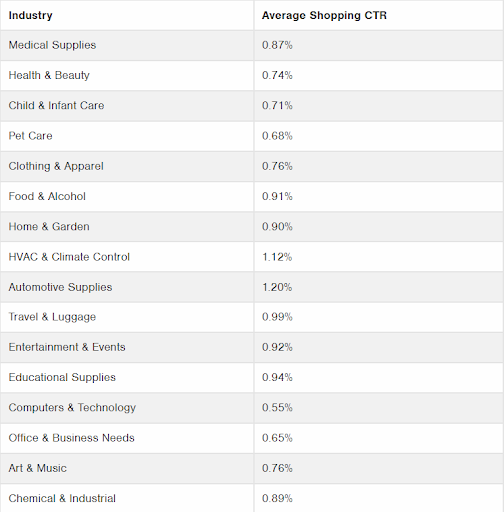
Source: Wordstream Shopping Benchmarks
4. Multiple Campaign Management with Better Control
Managing shopping campaigns is a nuanced process, as all products are fetched simultaneously. However, you can categorize products using ad groups and custom labels based on your specific requirements. This allows for more precise control and optimization of your campaigns.
4.1 Campaign Priority Setting: With the Campaign Priority setting available in both Google and Bing, you can determine which campaigns should take precedence. Ads from high-priority campaigns are served first, ensuring your most important products receive the most visibility. This feature enables you to strategically manage your advertising efforts and optimize your budget allocation.
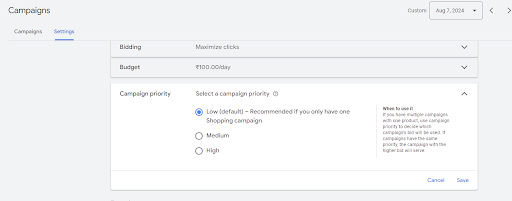
How to Set Campaign Priority in Google Shopping Campaign:
- Sign in to your Google Ads account.
- Go to the Settings tab of the campaign you want to edit.
- Select Shopping Settings (advanced).
- Next to “Campaign priority,” click Edit.
- Select the priority setting you want: “Low” (default), “Medium,” or “High.”
- Click Save.
The steps for setting campaign priority in Bing Shopping campaigns are similar, ensuring you have consistent control across both platforms.
4.2 Custom Labels and Product Grouping: Custom labels allow you to tag and organize products in a structured manner, making it easier to manage large inventories. By grouping products into different categories or segments, you can create targeted campaigns for specific product sets. This granular control helps improve the efficiency and effectiveness of your advertising.


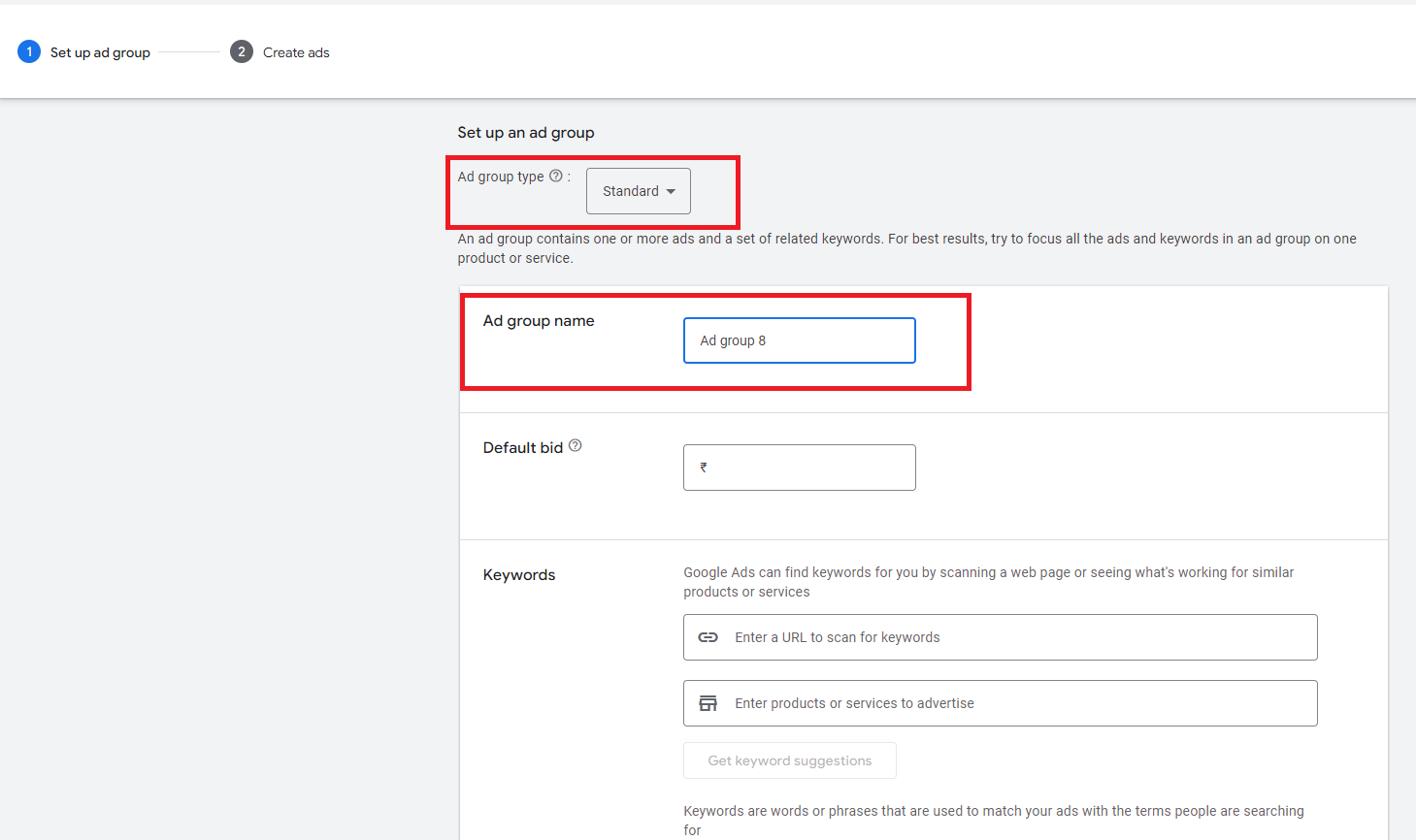
5. Highly Optimized for Product-Specific Marketing
5.1 Structuring Campaigns by Categories and Product Groups:
With Google or Bing Shopping campaigns, you can gain detailed performance insights for each product. By structuring campaigns according to categories and product groups, you can manage your inventory more effectively. This organization is achieved by creating a shopping feed file that categorizes products based on attributes like custom labels, brand, product type, and condition. This segmentation allows marketers to focus their efforts and bidding strategies on specific product sets, enhancing overall campaign efficiency and performance.
5.2 Controlling Bids at a Granular Level:
Granular bid control is another advantage of shopping campaigns. By dividing your product inventory into specific groups, you can set individual bids for each category, product group, or even a single product. This precise bid management ensures that your budget is allocated effectively, maximizing the return on investment. You can adjust bids based on performance metrics, targeting higher-performing products with higher bids to capture more market share.
Steps to Structure Campaigns and Control Bids:
- Create a Shopping Feed File:
1.1. Organize your product data into categories and product groups.
1.2. Use attributes like custom labels, brand, product type, and condition to define these groups. - Upload the Feed to Google Ads or Bing Ads:
2.1. Sign in to your Google Ads or Bing Ads account.
2.2 Navigate to the Merchant Center and upload your feed file. - Set Up Product Groups:
3.1. In your campaign settings, select the products you want to include.
3.2. Create product groups based on the attributes defined in your feed file.
3.3. Example: Custom Label 0 for seasonal products, Brand for different manufacturers, or Product Type for various categories. - Adjust Bids:
4.1. Go to the product group settings in your campaign.
4.2. Set individual bids for each group based on performance data.
4.3. Monitor and adjust bids regularly to optimize for better performance. - Manage Campaigns:
5.1. Use the campaign priority setting to control which campaigns are prioritized.
5.2. Implement negative keywords and specific targeting options for each ad group within your product groups.
By following these steps, you can ensure that your shopping campaigns are highly optimized for product-specific marketing, leading to better control, higher efficiency, and improved performance.
6. Enhanced Product Listing
6.1 Comparison Shopping: Imagine your products displayed right next to your competitors on search results, allowing potential customers to compare prices and features at a glance. This transparency builds trust and encourages informed decisions.
6.2 Local Inventory Ads: Picture this: a shopper nearby searches for an item you stock, and your ad shows them it’s available right around the corner. Local inventory ads can drive foot traffic to your store, converting online searches into in-store sales. Google data shows that 76% of people who search for something nearby on their smartphone visit a business within a day, making these ads incredibly effective for capturing local customers.
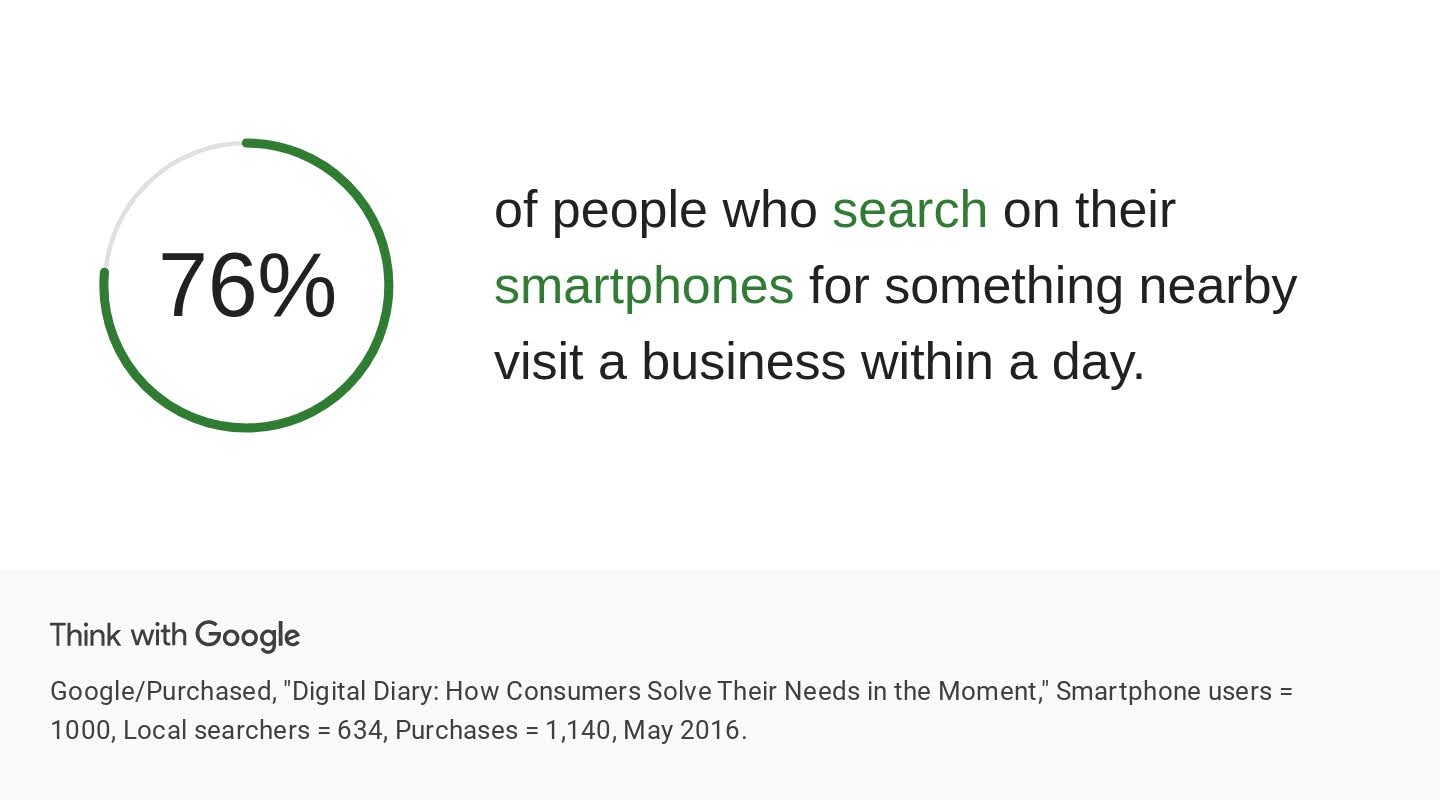
7. Better Access to Competitive Metrics
The goal of running Shopping Campaigns isn’t just to increase sales—it’s also about gaining valuable insights into the competitive landscape. With Google and Bing Shopping campaigns, you get access to critical metrics like benchmark CTR, benchmark CPC, and search impression share. These insights help you understand how your ads stack up against competitors and guide your optimization strategies.
7.1 Benchmark CTR: The benchmark click-through rate (CTR) shows how often similar Product Listing Ads (PLAs) are clicked. If your PLA ad’s CTR is lower than the benchmark, you can optimize titles, descriptions, images, and other visible data to improve performance.
7.2 Benchmark Max. CPC: This metric reveals how much other advertisers are bidding on similar products. Knowing the benchmark max. CPC helps you adjust your bids to stay competitive without overspending.
7.3 Search Impression Share: This metric is the ratio of the impressions you’ve received to the total estimated impressions you were eligible to receive. A higher search impression share indicates better visibility in search results.
By leveraging these competitive metrics, you can develop more effective strategies and make informed marketing decisions, ultimately driving better results for your eCommerce business.
8. Easy Integration with AdWords or Bing Shopping Campaigns
Setting up Google and Bing Shopping campaigns has never been easier, thanks to the advancements in integration. In the early days of Product Listing Ads (PLA), you needed product extensions to connect your campaigns with your product catalog. However, with the introduction of shopping campaigns, the process has become streamlined. Your product catalog is now automatically linked during campaign setup, simplifying the entire process.
Setting Up Google Shopping Campaigns
- Sign in to Your Google Ads Account: Start by logging into your Google Ads account.
- Create a New Campaign: Click on the “+” button to create a new campaign and select “Sales” as your goal.
- Choose “Shopping”: Select “Shopping” as your campaign type, then choose the appropriate Merchant Center account linked to your product feed.
- Set Campaign Settings: Name your campaign, set your budget, and adjust the bidding strategy to match your goals.
- Create Product Groups: Organize your products into groups for targeted bidding, and click “Save and Continue” to finalize your campaign.
Follow this comprehensive Google Ads Setup Guide to streamline your ad campaigns and achieve better results.
Setting Up Bing Shopping Campaigns

- Sign in to Your Microsoft Advertising Account: Log in to your Microsoft Advertising account.
- Create a New Campaign: Click on “Campaigns” and then select the “Create Campaign” button.
- Select “Shopping”: Choose “Shopping” as the campaign type and link your Merchant Center account.
- Set Up Campaign Details: Name your campaign, define your budget, and select your bidding strategy.
- Create Product Groups: Similar to Google, categorize your products into groups and set specific bids for each group.
Follow this comprehensive Bing Ads Setup Guide to streamline your Bing ads campaigns and achieve better results.
Easy Setup with eCommerce Platforms
Many eCommerce platforms, like Shopify and WooCommerce, offer seamless integration with Google and Bing Shopping campaigns. These platforms allow you to automatically sync your product catalogs, making it quick and easy to set up and manage your shopping campaigns without the need for manual uploads or extensive technical knowledge. This user-friendly setup empowers you to focus on driving sales rather than getting bogged down in technical details.
For WooCommerce:
Google Shopping Integration with WooCommerce
Bing Ads Integration With WooCommerce
For Shopify:
Google Shopping Center Integration with Shopify
Bing Ads Shopping Center Integration with Shopify
9. Advanced Reporting Capabilities
9.1 Performance Data by Product Attributes:
Access to detailed performance data is essential for refining marketing strategies. Google and Bing Shopping campaigns provide robust reporting tools that allow you to view performance metrics at a granular level. You can analyze data by product attributes such as product type, brand, category, condition, custom labels, and product ID. This level of detail helps you understand which specific products or attributes are driving the most clicks and conversions, enabling more precise adjustments to your campaigns.
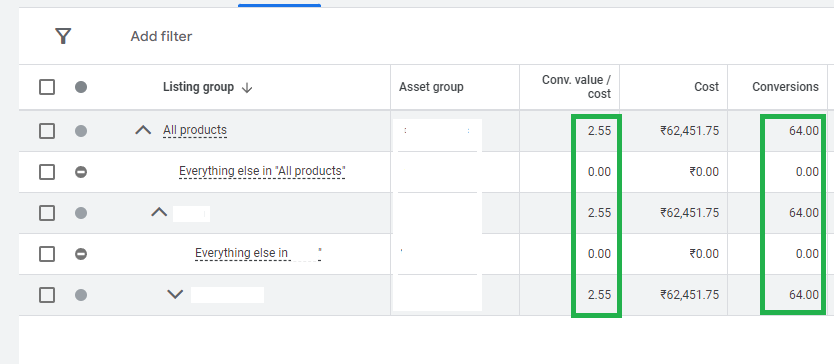
9.2 Segmenting and Filtering Data:
Both platforms offer extensive options for segmenting and filtering your performance data. You can break down reports by various attributes, such as Google product type, brand, category, condition, and custom labels. This segmentation helps you identify trends and patterns in your data, allowing for more targeted optimizations. For example, you can filter to see how products from a specific brand are performing or compare the performance of different product categories. This capability ensures that you can tailor your marketing efforts to maximize efficiency and effectiveness.
Shopping Ads Insights by Industry Experts
Apart from the general advantages of shopping ads, here are insights from several digital marketing experts who have extensive experience managing shopping campaigns for their clients or their own eCommerce businesses:
Jane Dizon (Digital Marketer)
Tips for Shopify Users
Jane Dizon, a digital marketer, specializes in selling stylish cycling apparel and accessories online via Shopify.
Q: What advice would you give to vendors using Shopify?
A: “One advice I’d like to give to vendors using Shopify is using a manual feed instead of the Google Shopping app. The app, in fairness, is easy to use but has a lot of limitations, especially with product variations. If you sell single items, you could give it a try, but if you sell products in varying colors and sizes, then stick to the manual feed. BUT if you’re dealing with thousands of products, then it wouldn’t be realistic managing that manually, so I recommend investing in a great data feed management service like GoDataFeed.”
Q: What are the key advantages of Product Listing Ads on Google Shopping?
A: “One of the advantages of doing Product Listings Ads on Google Shopping is you’re exposing your products to users with the intent of purchasing. With the comprehensive attributions, the search results are tailor-made to what the user is looking for. You are targeting and catering to the right audience for your products.”
Q: What is the most challenging hurdle while setting up a shopping campaign?
A: “For me, it’s always the initial stage. When you start doing Google Shopping, you don’t see much results at first. That’s discouraging. You should be patient and keen to experiment on different strategies because it takes time before you see the results you want.”
Q: How do you manage mobile bid adjustments?
A: “We follow a formula: (Value per mobile click / Value per desktop and tablet click) – 1 * 100. Where value is the total revenue per device / total number of clicks on that device.”
Q: Do you use any tools to manage and generate shopping feeds?
A: “Currently, we don’t use a tool since our product catalog is small and can be managed manually. But before, when I had a client that has thousands of products, we used GoDataFeed and it worked wonders.”
Vipin (Digital Marketing Manager at Acodez)
According to Vipin, the key advantages of running a shopping campaign are:
#1 Retail Centric Campaign Management
Shopping campaigns are retail-centric which means you can place your top-selling product in front of online customers as we do in retail stores. If you are using Google Shopping you can easily review and manage your own inventory. You can bid for specific products, subcategories, or even categories. with Google Shopping campaign you can avoid highly manual processes.
#2 More Advanced Reporting Capabilities
Shopping campaigns provide you with highly accurate reporting capabilities, which you may not get through your store reporting. You can track how well your products are performing based on size, SKU, color, etc.
#3 Track Your Competitors at Every Turn
You can see benchmark data, CPC, and CTR of other advertisers for similar products so you can make your own competitor analysis and act according to it.
#4 Analyze the Future
You can check out the bidding rates at which your ads will perform you can use a Bid simulator to track your performance based on your bidding amount. By this, you can get some extra clicks by applying a small amount of increase in your bidding.
#5 Re-marketing Campaign
Re-marketing is one of the best options for shopping campaigns; here you can re-target the person who has searched for a particular product with the best available price for this same product and can display ads with similar product. This feature is known as dynamic Re-marketing.
For those who are not aware of re-targeting / remarketing can follow this step-by-step guide by Neil Patel.
Pamela Wagner (Former Googler and Agency Owner)
I also got a chance to speak with Pamela Wagner, a former Googler and now owner of an agency. According to her, the key advantages of a shopping campaign are:
- Easy to set up in Google AdWords
- Especially good for branding purposes: being seen counts almost more than being clicked on.
- Once you set it up and have crossed the first hurdle, it basically runs on its own. One only needs to adjust the negative keywords every now and then, and eventually work with the mobile and ad scheduling bid adjustment. So, this means there is very low maintenance if you have set up the right updating system for the feed.
- Great optimization opportunities in terms of ad groups and sorting products in many different ways: brands, types, custom labels, etc.
Then I asked a few specific questions to Pamela and here is her reply:
According to you, which is the most challenging hurdle while setting up a shopping campaign?
Getting the feed right. A lot of people really struggle the feed and don’t know that Google actually offers really good instruction on their support page.
Do you use any tools to manage and generate shopping feeds? Which is your favorite tool?
My favorite is still a simple Excel sheet. (Though I haven’t worked yet with too complex feeds)
Best Practices for Shopping Ads
Creating an Effective Product Feed
- Accurate Product Data: Ensure your product data is accurate, complete, and up-to-date. This includes product titles, descriptions, images, prices, and availability.
- Utilize All Required and Optional Fields: Fill out all mandatory fields and take advantage of optional fields to provide more information about your products. This can enhance the relevance and visibility of your ads.
- Structured Data: Use structured data to help search engines understand your products better. Implement schema markup on your product pages.
- High-Quality Images: Use clear, high-resolution images that showcase your products well. Avoid images with watermarks or logos.
- Regular Updates: Frequently update your product feed to reflect any changes in inventory, pricing, or product details. This helps avoid disapproval and ensures customers see the correct information.
Optimizing Product Titles and Descriptions
- Keyword-Rich Titles: Include relevant keywords that potential customers might use to search for your products. Make sure the title is concise but descriptive.
- Descriptive and Detailed Descriptions: Write clear and detailed product descriptions that highlight key features and benefits. Use bullet points for easy readability.
- Brand and Attributes: Include your brand name and essential attributes like color, size, and material in the title and description. This helps in better matching your products to relevant searches.
- Avoid Keyword Stuffing: While keywords are important, avoid overloading titles and descriptions with too many keywords, as this can negatively impact user experience and ad performance.
- Focus on Benefits: Highlight the unique selling points and benefits of your products to attract more clicks and conversions.
Managing Bids Effectively
- Set Realistic Budgets: Start with a budget that aligns with your overall marketing goals and gradually increase it based on performance and ROI.
- Manual vs. Automated Bidding: Decide between manual and automated bidding strategies based on your campaign goals. Automated bidding can save time and optimize bids in real time.
- Bid Adjustments: Use bid adjustments to increase or decrease bids for specific devices, locations, times, and audiences. This helps target your most valuable segments effectively.
- Monitor and Optimize: Regularly review your bidding strategy and adjust bids based on performance data. Focus on high-performing products and reduce bids for low-performing ones.
- Competitive Analysis: Keep an eye on competitors’ bids and strategies. Tools like the Auction Insights report can provide valuable insights into your competitive landscape.
In the ever-dynamic world of Internet marketing, strategies continually evolve. Marketers constantly test and implement various tactics to determine what works best for their businesses. Recent research indicates that product listing ads (PLAs) have become increasingly vital for eCommerce business promotion, with their click share continuing to grow. In recent years, PLAs have consistently outpaced traditional search ads, often accounting for over 60% of total clicks in many industries.
Implementing Google and Bing shopping campaigns might seem challenging initially, but once set up, they deliver exceptional results. E-commerce platforms can leverage this marketing tactic to achieve optimal outcomes.
For any help or assistance, feel free to comment or contact me with your query. I’ll respond within 24 hours!
Conclusion:
The growing importance of shopping ads cannot be overstated. While the initial setup may present some challenges, overcoming them is worthwhile for the long-term benefits they offer eCommerce businesses. These campaigns can significantly enhance visibility, drive traffic, and boost sales, making them an indispensable part of any eCommerce marketing strategy.
Contact Form Popup
Get in touch with us
This will close in 0 seconds

